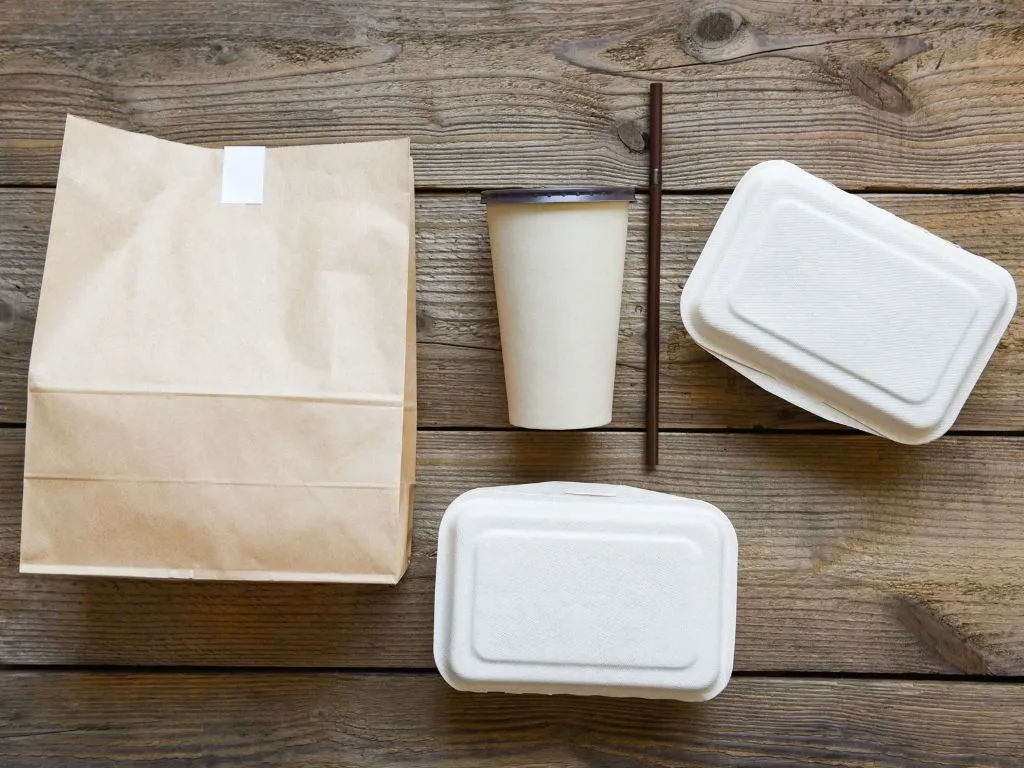

Reference source : CFSA
The National Center for Food Safety Risk Assessment (CFSA) in China has held a public consultation on seven food contact materials (FCMs) and additives. The consultation focused on innovations in food contact materials and additives and included a comprehensive review of new materials, expanded uses of existing additives, and the introduction of new resin types.
New Materials for Food Contact Coatings
Chromium Nitride Coatings
A significant development is the introduction of chromium nitride coatings, which are made from nitrogen and chromium. These coatings, identified by CAS numbers 12053-27-9 and 24094-93-7, are designed for use in food contact applications. The coatings, which are applied using physical vapor deposition (PVD) technology, improve the hardness and non-stick properties of metal substrates. The nitrogen content in these coatings ranges from 18% to 40%, while the chromium content ranges from 60% to 82%.
Chromium Nitride Coatings are already approved by the US FDA and the Dutch Ministry of Health, these coatings offer superior surface hardness and non-stick properties for metal substrates.
Expanded Use of Food Contact Additives
C.I. Pigment Black 7; Carbon Black
The use of C.I. Pigment Black 7 (Carbon Black) has been extended to food contact applications with polycyclohexylene dimethylene terephthalate (PCT) plastics. This additive, recognized by CAS number 1333-86-4, is known for its excellent light resistance, chemical and heat stability. It is essential for maintaining color intensity and durability at low addition levels. However, it must meet specific purity requirements and is restricted from use in foods containing more than 50% ethanol or at temperatures above 100°C.
C.I. Pigment Black 7 is widely used in a variety of materials, this pigment's approval for PCT plastics by several international bodies highlights its stability and effectiveness in maintaining color and durability.
Sodium Hydroxide
Sodium hydroxide, identified by CAS number 1310-73-2, is now approved for use in the production of polyvinylidene fluoride (PVDF) plastic materials. This substance, which is soluble in water, ethanol and glycerol, plays an important role as a processing aid. PVDF materials containing sodium hydroxide are restricted to use at temperatures of up to 70°C and for up to 24 hours. They must not come into contact with foods with high ethanol content or fatty foods.
Sodium hydroxide is already approved for a variety of uses, the extension of this substance to PVDF production underscores its role as an important processing aid that improves the production efficiency of PVDF materials.
Dibutyl Sebacate
Another additive, dibutyl sebacate (CAS number 109-43-3), has had its use extended to PVDF plastic materials. This clear, colorless liquid improves the flow and plasticity of PVDF materials during processing. Conditions of use are similar to sodium hydroxide, with restrictions on temperature and food contact.
Dibutyl Sebacate’s role as a plasticizer improves the processing properties and plasticity of PVDF materials, making it an essential additive for food contact applications.
2,4,8,10-Tetraoxa-3,9-Diphosphaspiro[5.5]Undecane
This compound, identified by CAS number 154862-43-8, is now approved for use in adhesives that come into direct contact with food. At a maximum use level of 0.04%, this additive provides excellent thermal and hydrolytic stability in adhesives. It is suitable for room temperature applications and certain hot filling conditions but must not come into contact with fatty foods.
The approval of 2,4,8,10-Tetraoxa-3,9-Diphosphaspiro[5.5]Undecane for food contact adhesives highlights its stability and protective qualities against degradation and yellowing.
New Resin Varieties for Food Contact
Copolymer of Trimethoxyphenylsilane, Methyltrimethoxysilane, and Silica
A new copolymer resin, composed of trimethoxyphenylsilane, methyltrimethoxysilane, and silica is now approved for use in coatings. This resin, which is only suitable for metal surfaces, offers excellent adhesion, scratch resistance, non-stick properties, wear resistance and corrosion resistance.
This innovative resin, approved for coatings on metal surfaces, brings significant improvements in adhesion, scratch resistance, and overall durability.
Expanded Use of Food Contact Resin
Hydrogenated Benzene, Ethenyl-, Polymer with 1,3-Butadiene
The use of a hydrogenated polymer resin, known by CAS number 66070-58-4, has been extended for food contact coatings. This resin, previously approved for a range of plastic materials, is now suitable for single use in food packaging coatings. It is particularly noted for its excellent anti-fouling and heat-sealing properties.
Hydrogenated polymer resin’s expanded use in food contact coatings emphasizes its effectiveness in providing protective and functional coatings for food packaging materials.
The consultation on these new varieties of food contact products aims to enhance food safety and innovation in food packaging materials, reflecting ongoing advances in materials science and regulatory standards.
If you want to access the GHS report, please Register here in GPC Intelligence Portal click here
